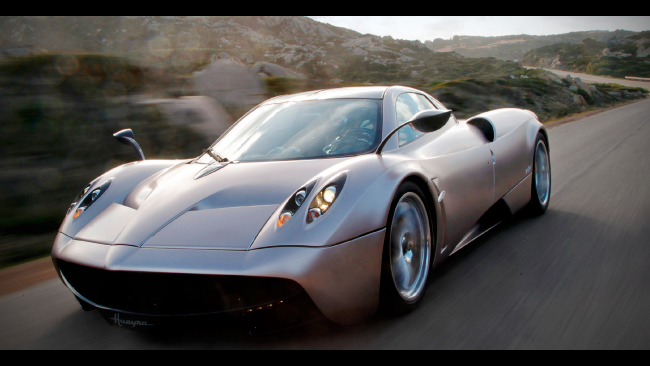THE HUAYRA, Pagani’s successor to the Zonda hypercar has broken cover. The result of a seven-year development program, the Huayra (pronounced “why-rah”) represents a new direction for the tiny Italian marque.Instantly recognisable as a Pagani, the Huayra is more rounded and mature than the Zonda. And despite its huge performance potential, closer to a GT than its pointy, race-car-like predecessor.Although Pagani has maintained engine supply with Mercedes AMG, the Zonda’s naturally-aspirated 7.0-litre V12 is replaced by a twin-turbo 6.0-litre V12; forced induction was required to meet Euro 5 and US emissions regs.Although the block is shared with the SL65 Black Series, Pagani commissioned AMG to reduce turbo lag and improve throttle progression, resulting in revised heads, pistons, manifolds and turbos. Two versions of the Huayra will be offered: the standard car, boasting 522kW/899Nm, and the Sport, dialling up 544kW/1098Nm. Both are rear-drive.The Huayra’s seven-speed single-clutch sequential manual gearbox (built by UK-based company XTRAC) is mounted transversely behind the V12 to reduce drivetrain length. The body is carbonfibre over a carbon-titanium tub, and dry weight is just 70kg greater than the Zonda S, despite the Huayra being larger and carrying more safety tech.Four moveable aero flaps, one at each corner, act independently and automatically to help manage airflow; not only tailoring downforce under acceleration and braking but working across the car to add grip during cornering. Front ride height is adjustable, for driveway access at low speed and to manage airflow under the car at high speed.According to company founder Horacio Pagani, “Maximum speed is not the most important thing for us”, although he notes 370km/h has been recorded in testing. Zero to 100km/h? The best Pagani has seen so far (in cold track conditions) is 3.3sec, with three-stage Bosch traction control helping to manage the monstrous torque to the 335/30ZR20 rear tyres.





